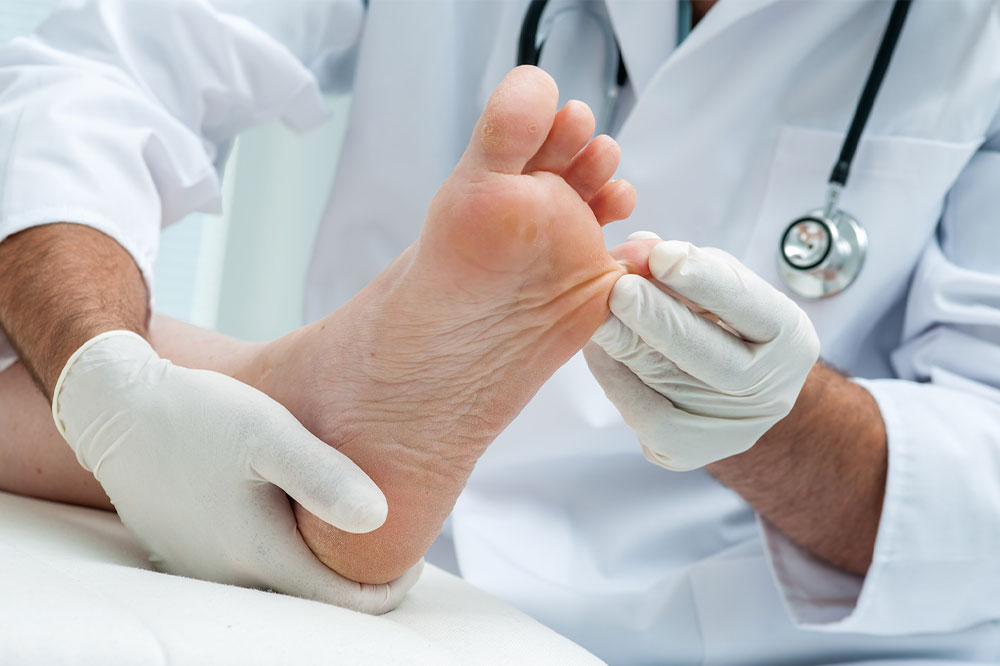Understanding Stiff Person Syndrome: Types, Causes, Symptoms, and Management Options
Stiff Person Syndrome (SPS) is a rare autoimmune neurological disorder characterized by muscle rigidity, spasms, and anxiety. It has various forms, including classic SPS, PERM, focal, and paraneoplastic types. Diagnosis involves antibody testing and nerve assessments, while treatment focuses on symptom management through therapies like IVIG, physical therapy, and alternative approaches. Although incurable, early intervention can significantly improve patient outcomes, and ongoing research continues to explore better management options.
Sponsored

An Overview of Stiff Person Syndrome: Variants, Etiology, Clinical Features, and Treatment Strategies
Stiff Person Syndrome (SPS) is an uncommon, progressive neurological disorder characterized by muscle rigidity, painful spasms, and variable symptoms. It is predominantly an autoimmune disease caused by immune system dysfunction. Originally called stiff man syndrome, it was renamed to reflect its ability to affect all genders and ages.
Types of Stiff Person Syndrome
Classic SPS
This is the most common form, accounting for up to 80% of cases. It involves antibodies targeting the enzyme glutamic acid decarboxylase (GAD), impairing its function.
PERM (Progressive Encephalomyelitis with Rigidity and Myoclonus)
A severe variant that includes eye movement issues, decreased consciousness, autonomic problems, and ataxia. Often linked to GAD antibodies and requires hospitalization.
Focal SPS
This form typically affects only one limb, causing localized stiffness.
Paraneoplastic SPS
Commonly associated with cancers such as lung, breast, or lymphomas; caused by different antibodies than classic SPS.
Causes of SPS
While the exact cause remains unclear, SPS is believed to stem from autoimmune responses damaging the brain and spinal cord. Many patients produce antibodies against GAD, affecting GABA production, which is vital for muscle control. Some individuals have antibodies against other neural proteins like DPPX, amphiphysin, or glycine receptors. Notably, some cases show no detectable antibodies.
Risk Factors
People with autoimmune conditions such as thyroiditis, pernicious anemia, vitiligo, or type 1 diabetes are at higher risk. The condition predominantly affects women, nearly twice as often as men.
Signs and Symptoms
Muscle stiffness
Usually begins in the back, chest, or abdomen, and may extend to the limbs.
Muscle spasms
Sudden, painful contractions triggered by noise, stress, touch, or temperature changes.
Anxiety and phobias
Fear of spasms leads to anxiety and avoidance of crowded or open spaces.
Posture issues
Patients often develop a hunched posture affecting mobility.
Diagnosis
Since symptoms resemble other neurological or autoimmune diseases, diagnosis is challenging. Clinicians use blood tests for specific antibodies, electromyography (EMG), and spinal fluid analysis to confirm SPS.
Antibody tests
Detect GAD antibodies, which are elevated in SPS cases.
EMG
Measures muscle electrical activity to differentiate SPS from other conditions.
Spinal tap
Checks for GAD antibodies in cerebrospinal fluid.
Management
Although there is no cure, treatments aim to alleviate symptoms. These include physical therapy, massage, heat and hydrotherapy, acupuncture, and sometimes stem cell therapy. IVIG, which involves infusing antibodies from healthy donors, has shown promise in reducing symptoms and improving life quality.






